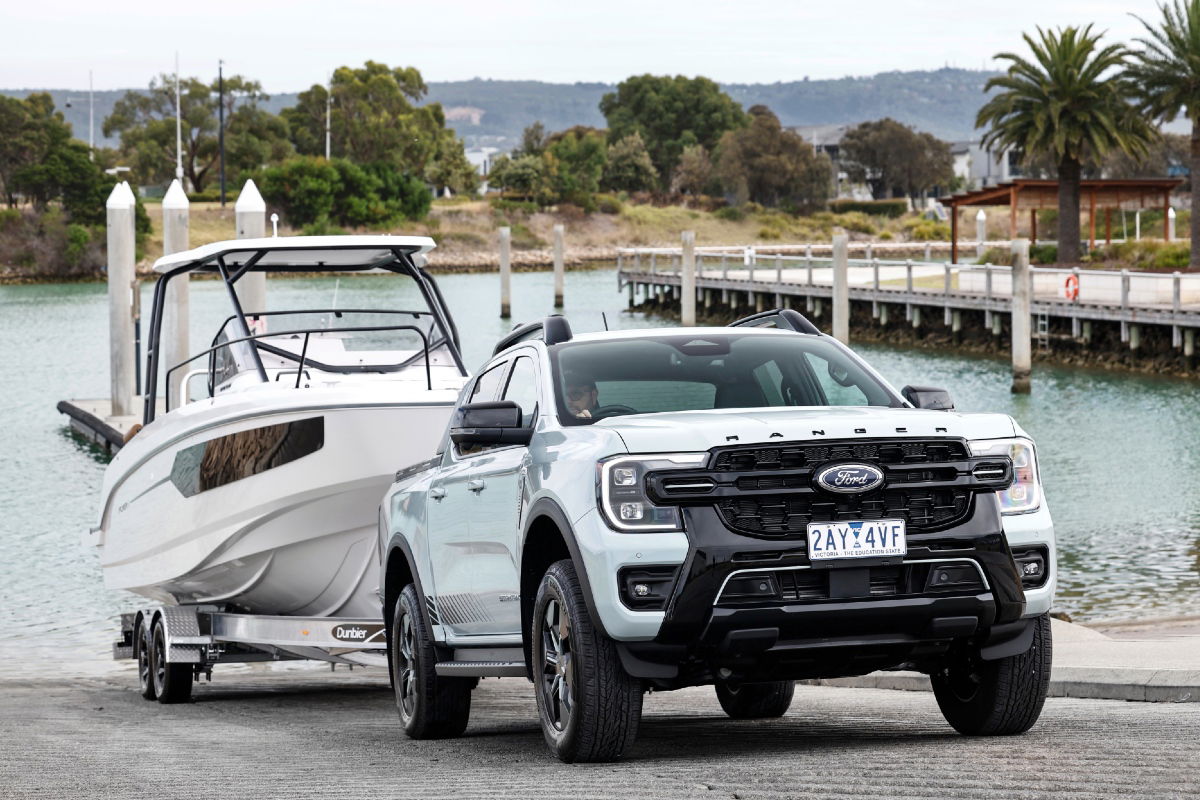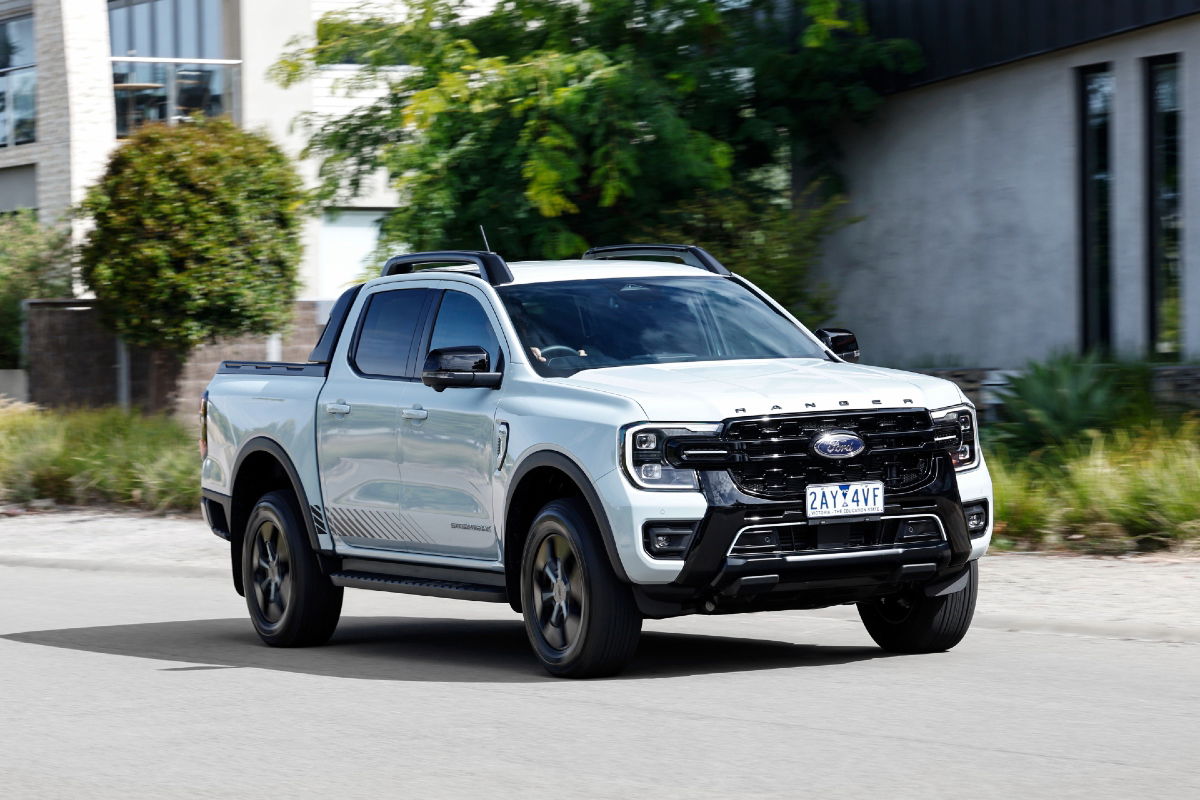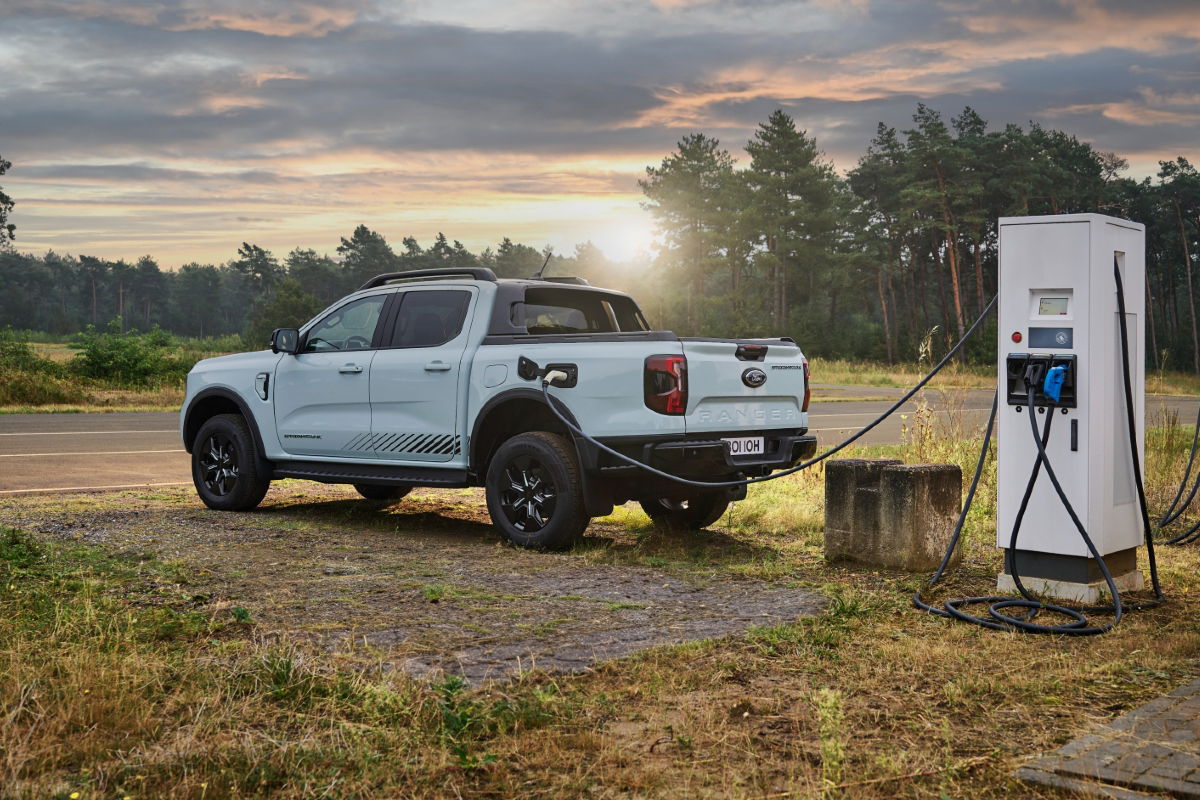The Ford Ranger PHEV arrives in showrooms soon as Australia’s third plug-in hybrid ute, trailing the BYD Shark 6 and GWM Cannon Alpha PHEV.
With a total power output of 207kW/697Nm and a claimed electric-only driving range of 49km, the Ranger PHEV lags behind the Shark 6 (321kW/650Nm and 100km range) and Cannon Alpha PHEV (300kW/750Nm and 115km range), partly due to its significantly smaller 11.8kWh battery.
On top of this, the Ranger PHEV can only be charged at up to 3.5kW on an AC charger, well below the 7kW and 6.6kW figures of its respective Chinese rivals, which can also accept a DC charge rate of 55kW and 50kW respectively.
Despite this, Ambrose Henderson, Ford Australia’s director of marketing, has boldly claimed the Ranger PHEV is the best in the business.
“This is the EV ute for the real world,” Henderson told Australian media at the Ranger PHEV launch.

“Customers aren’t buying this car to sit in the garage, they’re buying it to get out, to do their job, to discover the country, to go away with their families.
“So it’s really important for us that this is not just about the car, but also the ecosystem around it that supports it – that supports the Australian lifestyle that people are buying into.
“For us, we have the second-largest dealer group in the country, with 180 dealer points around Australia, and on top of that our EV network by the end of the year – those who are specifically accredited with dealing with EVs – will be 150.
“No matter where your journey takes you or what you want to do with your Ranger PHEV, there will be a Ford dealership not far away to support you.”

The Ranger PHEV does have an ace up its sleeve compared to the Shark 6 and Cannon Alpha PHEV, thanks to its ProPower Onboard system.
Allowing the battery to act as a portable generator, the Ranger PHEV features one 2300W power outlet in the cabin, and two 3450W outlets in its bed.
While this total output of 9200W matches the Shark 6, that ute features one 2300W cabin outlet and three 2300W tub outlets.

The Ranger’s higher capacity in the tray means more powerful, singular tools and equipment can be used.
By comparison, the Cannon Alpha PHEV can provide just 3300W.
Ford also quotes higher approach, departure and ramp breakover angles for the Ranger PHEV compared to its plug-in rivals, with its 800mm wading depth matching that of the Cannon Alpha PHEV.
Pricing for the Ranger PHEV ranges starts from $71,990 before on-road costs (XLT) and rises to $86,990 plus on-roads for the flagship Stormtrak.












Discussion about this post